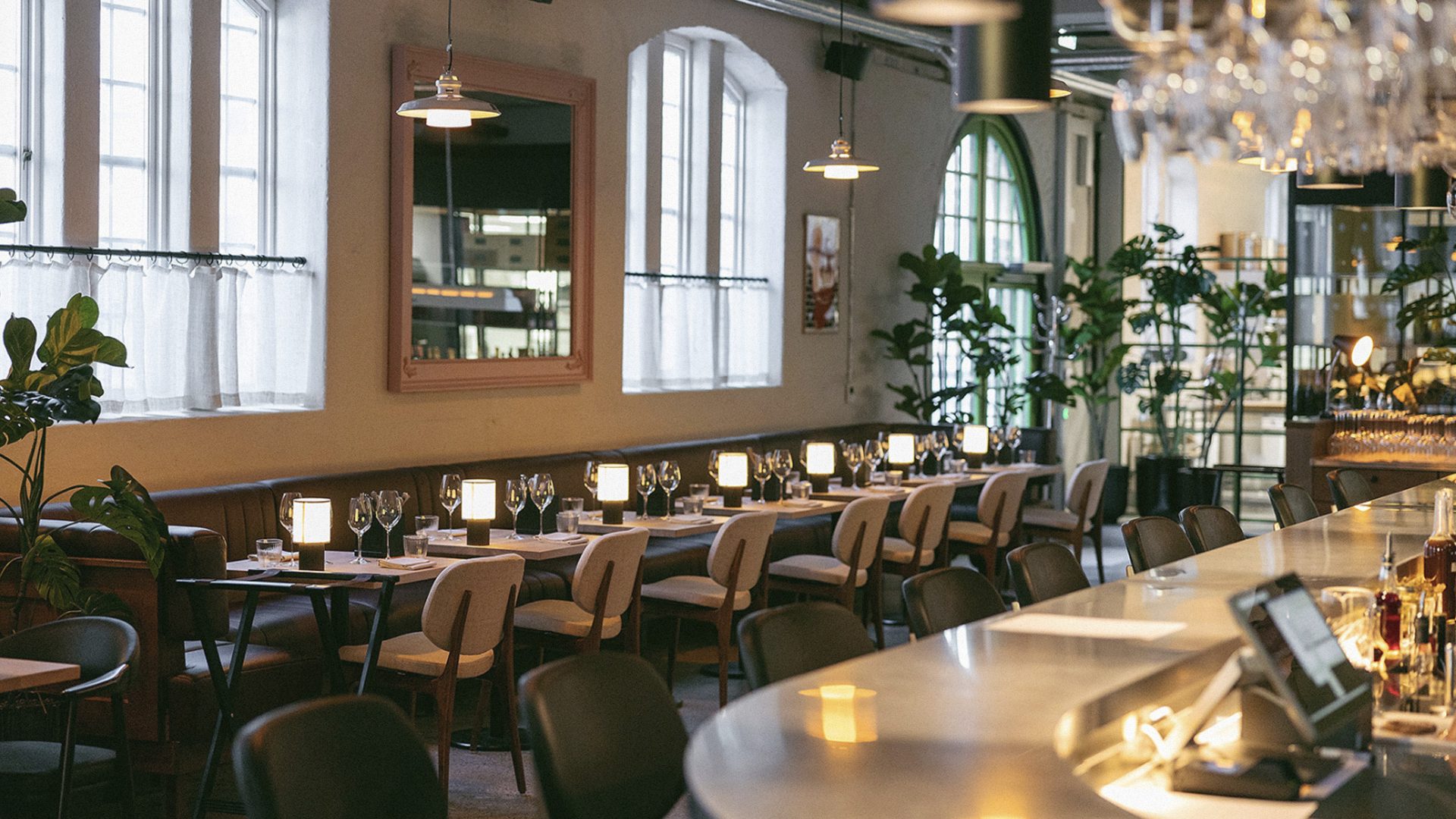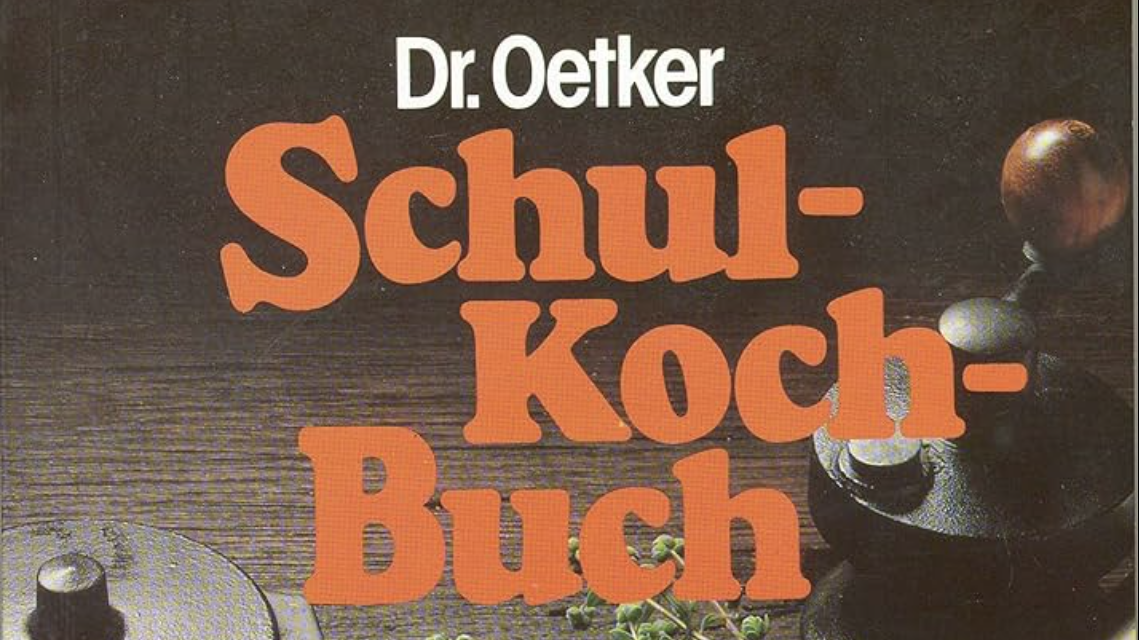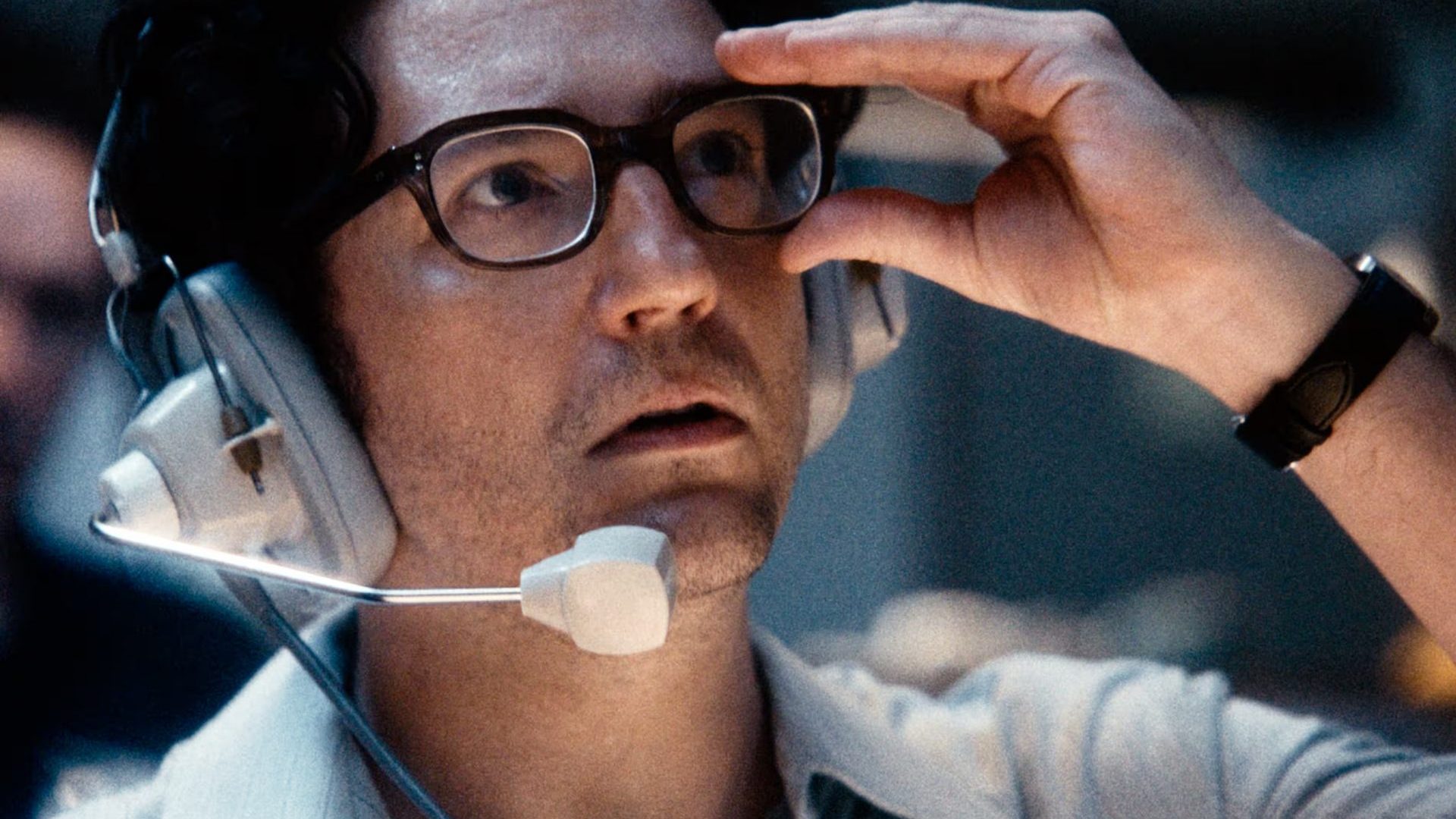It is close to freezing in Trondheim, central Norway. Spring has not yet breathed her warmth. The air is unfathomably crisp, as if the industrial revolution and all that has followed never happened.
The walk to my destination from my hotel by the river took me along a stretch of dark road to a part of the city by the docks. Now I am here and fuzzy lights on dark granite buildings cast a glow as far as Trondheim fjord before me.
The sound of the water is soothing in the cold. I cannot help but think about Vikings; how I’m thankful it is 2025 in that regard because surely a merry band would’ve dispatched me before I’d nibbled so much as a scallop.
Here in this pocket of Trondheim is the restaurant Tollbua, which hasn’t been around long. It is a Nordic bistro, dedicated to local produce and Scandi flavours, though not boringly bound to each. And it’s in an old customs house, built in 1910 and designed by the architect Karl Norum, best known for his elegant churches whose spires puncture low-hanging clouds.
It is deathly quiet outside. It would be gloomy were there not a blue neon light shining on to the steps in front. But enter and the place is alive with fishermen, chefs, the great and good of Trondheim society.
Music is blaring. What kind, I’m not sure. A sort of subdued metal with a little techno tuned in.
And all is bathed in a purple hue, the bar on the right, a raised restaurant area on the left which sits half-hidden behind artwork and scurrying vines. Dead ahead is an open kitchen, where chefs and their big beards work industriously on bright flames.
It might be that Nordic cooking has ceased being at the forefront of food in recent years. Copenhagen restaurant Noma (which, as predicted, still has not closed) was for so long the focal point of progression – seen almost as a cathedral, cult-like and magnificent.
For chefs, it was a hallmark on a CV, even if – as is the case with so many – their time there was as an unpaid intern. For those obsessed with food, and with £1,000 to spend on eating a single meal, it was the ultimate post on Instagram. Today, it is no longer the yardstick by which all food is judged.
Denmark still harbours big guns: the likes of Geranium and Alchemist inspire those same wealthy pilgrimages. In neighbouring Sweden, they speak in hushed tones about Frantzén, Aira and Vollmers.
But the fact remains that the highest echelons of modern dining are as much found in South America these days. And just about everywhere else. If there is something new in Scandinavia, possibly it’s in Norway, the less boisterous of the three.
Tollbua is a restaurant I would return to again. It is gentler, not pushing limits, really, but I think that it is all the better for it at a time when money has left almost all of us. And I would urge others to visit even if, as was the case with my journey, getting there requires two planes, the latter wobbling grimly in harsh wind and rain.
Yes, what might be most enamouring about Tollbua is that it doesn’t share the ludicrous prices of some of its more famous Scandi counterparts. Yet the food is enchanting still. I have cod, or skrei, as pearly white as a dentist’s smock, on an oyster-hewn sauce plush with seaweed and cream. Halved logs of dainty white asparagus support the fish as if stilts for a boat, dry-docked.
There is a veal tartare, endlessly rich. The meat is finely diced as to be texturally seductive and it bounces around with pops of green pepper, nuggets of toasted rye, and Høvding Sverre XO, an umami-laden sheep’s milk cheese.
Even the bread is fortifying. It arrives with charcuterie cured of various animals and butter so good you wonder why the Vikings ever left. The panna cotta, constructed in a shape befitting of a 1970s housewife in Bracknell, left me astonishingly happy.
All this cost £88 (six courses, which might bring halibut in coriander and Thai nam pal, and poached salmon with lime leaves and honeydew melon, is a little over £100).
Tollbua is the work of head chef Christopher Davidsen, a Bocuse d’Or silver medallist in 2017. It might be simple by design, but it is cooking of searing magnitude. I believe him to be a chef who has built his own church, but one without pretence or cultish charms.
The fact it is far away, tucked up in a region full of rain, might explain the low pricing. I say this: visit now before those dull Michelin-chasers find it.




